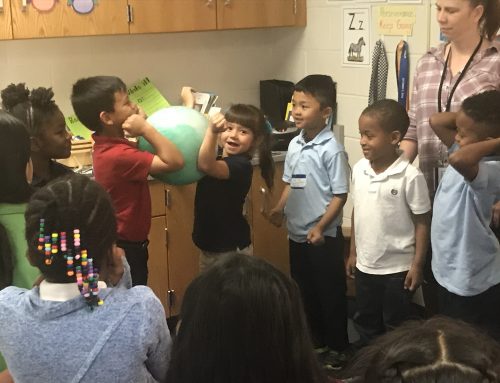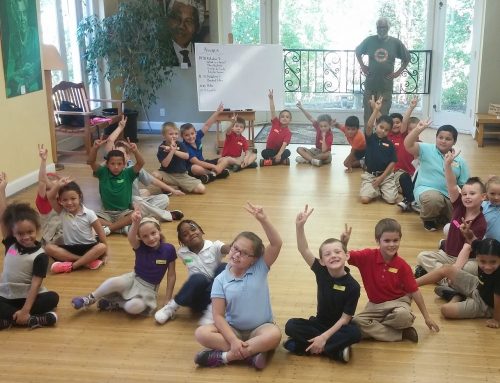Hello from guest blogger, Lisa Robinson! Research studies have shown that when students learn mindfulness, it can provide a variety of benefits that help them to learn more effectively. It’s not surprising that teachers can also improve their social and emotional skills by practicing mindfulness, reducing burnout and enhancing their effectiveness in the classroom.
How can mindfulness help teachers? Since mindfulness involves paying attention to thoughts, feelings, and body sensations, this can help the teacher choose to pay less attention to stressful experiences as they come up. With this awareness, the teacher can learn to deliberately interact more compassionately with challenging students, strengthening how they work together in the classroom.
This is powerful. However, as with other kinds of meaningful learning, the benefits of mindfulness take time and practice to lead to positive change. Also, for this change to last, it’s necessary to implement a mindfulness practice that continues over time.
For all the details, see the full article (Click Link Here) from the Greater Good Science Center at the University of California, Berkeley. The article includes resources for teachers who want to start a mindfulness practice.
If you’re a teacher and inspired to begin a mindfulness practice, it’s great for you to take advantage of this opportunity to increase your own learning. I wish you the best in this important work. If you have any questions, comments, or want information about additional resources to help you get started, please either leave your feedback below or contact me directly in email at mindfulpath@outlook.com
I hope you enjoy a mindful week!


